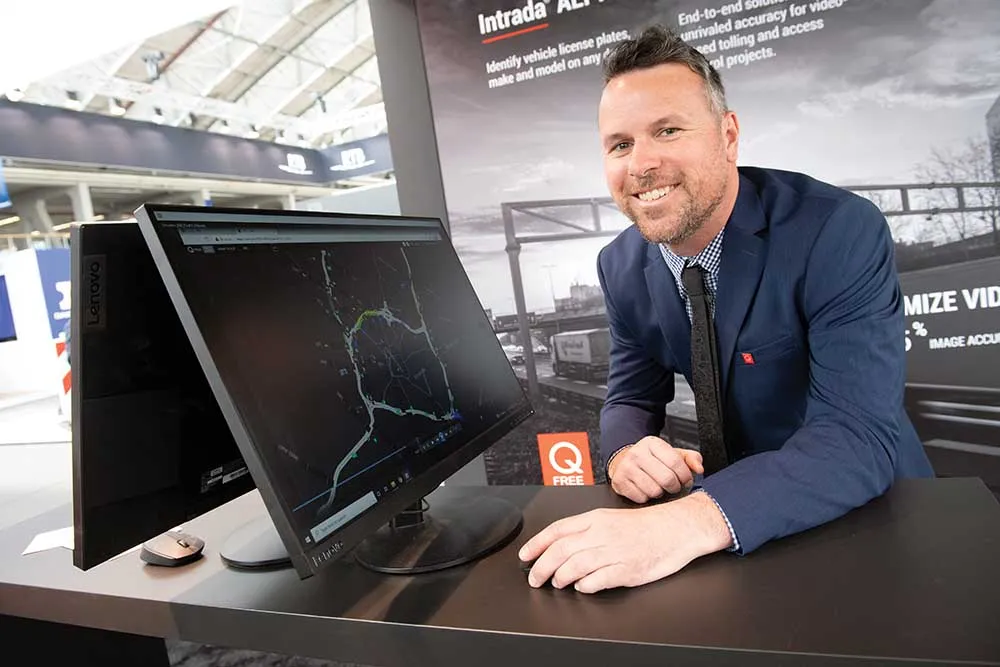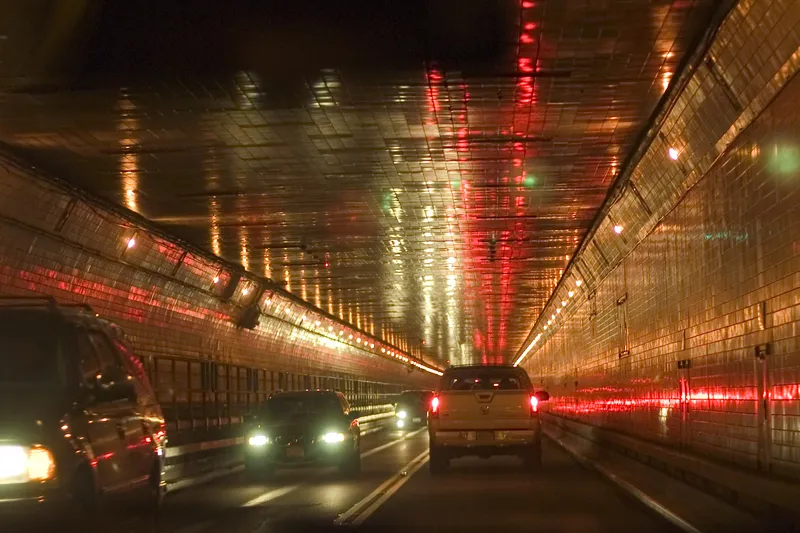US-based B&C Transit has completed a state-of-the-art modernisation of Miami-Dade Transit's (MDT) Metrorail control system to enable MDT to streamline day-to-day operations and improve reliability of the system, while using fully customisable and long-term design solutions.
B&C's Nucleus control system software was implemented to provide a single interface to view and control train control, SCADA, traction power, public address, variable message signs, scheduling, elevators, escalators, and other facilit
March 24, 2016
Read time: 2 mins
US-based B&C Transit has completed a state-of-the-art modernisation of Miami-Dade Transit's (MDT) Metrorail control system to enable MDT to streamline day-to-day operations and improve reliability of the system, while using fully customisable and long-term design solutions.
B&C's Nucleus control system software was implemented to provide a single interface to view and control train control, SCADA, traction power, public address, variable message signs, scheduling, elevators, escalators, and other facilities. In addition, a new network and telephone system was deployed without interrupting service.
The system provides MDT with the capability to reliably communicate important information to passengers and also allows MDT to easily view and control all rail operations from a single workstation.
The B&C Nucleus software is an open-source control system that combines various subsystem interfaces into a single application which can be customised to match the look, feel, and operational requirements of each agency.
The user-friendly, point-and-click software suite allows rail traffic controllers to drill down and view specific areas of the system quickly and effortlessly; monitor alarms for all subsystems globally; track and route trains as needed; and communicate to trains, stations, and commuters via voice and visual announcements from a single control console.
In addition, a new central video wall displays high-resolution images for closed-circuit TV, train control, traction power, and more. A section of the video wall is dedicated to provide increased security capabilities with recorded image playback, camera control, alarm monitoring and live viewing.
B&C Transit has built a specialised infrastructure with both hardware and software redundancy to ensure high availability for mission critical 24/7 operations. In addition to the redundancy at the head-end site, a disaster recovery system was also deployed at a separate location, so MDT can operate its system even if the main control building is shut down.
B&C's Nucleus control system software was implemented to provide a single interface to view and control train control, SCADA, traction power, public address, variable message signs, scheduling, elevators, escalators, and other facilities. In addition, a new network and telephone system was deployed without interrupting service.
The system provides MDT with the capability to reliably communicate important information to passengers and also allows MDT to easily view and control all rail operations from a single workstation.
The B&C Nucleus software is an open-source control system that combines various subsystem interfaces into a single application which can be customised to match the look, feel, and operational requirements of each agency.
The user-friendly, point-and-click software suite allows rail traffic controllers to drill down and view specific areas of the system quickly and effortlessly; monitor alarms for all subsystems globally; track and route trains as needed; and communicate to trains, stations, and commuters via voice and visual announcements from a single control console.
In addition, a new central video wall displays high-resolution images for closed-circuit TV, train control, traction power, and more. A section of the video wall is dedicated to provide increased security capabilities with recorded image playback, camera control, alarm monitoring and live viewing.
B&C Transit has built a specialised infrastructure with both hardware and software redundancy to ensure high availability for mission critical 24/7 operations. In addition to the redundancy at the head-end site, a disaster recovery system was also deployed at a separate location, so MDT can operate its system even if the main control building is shut down.









